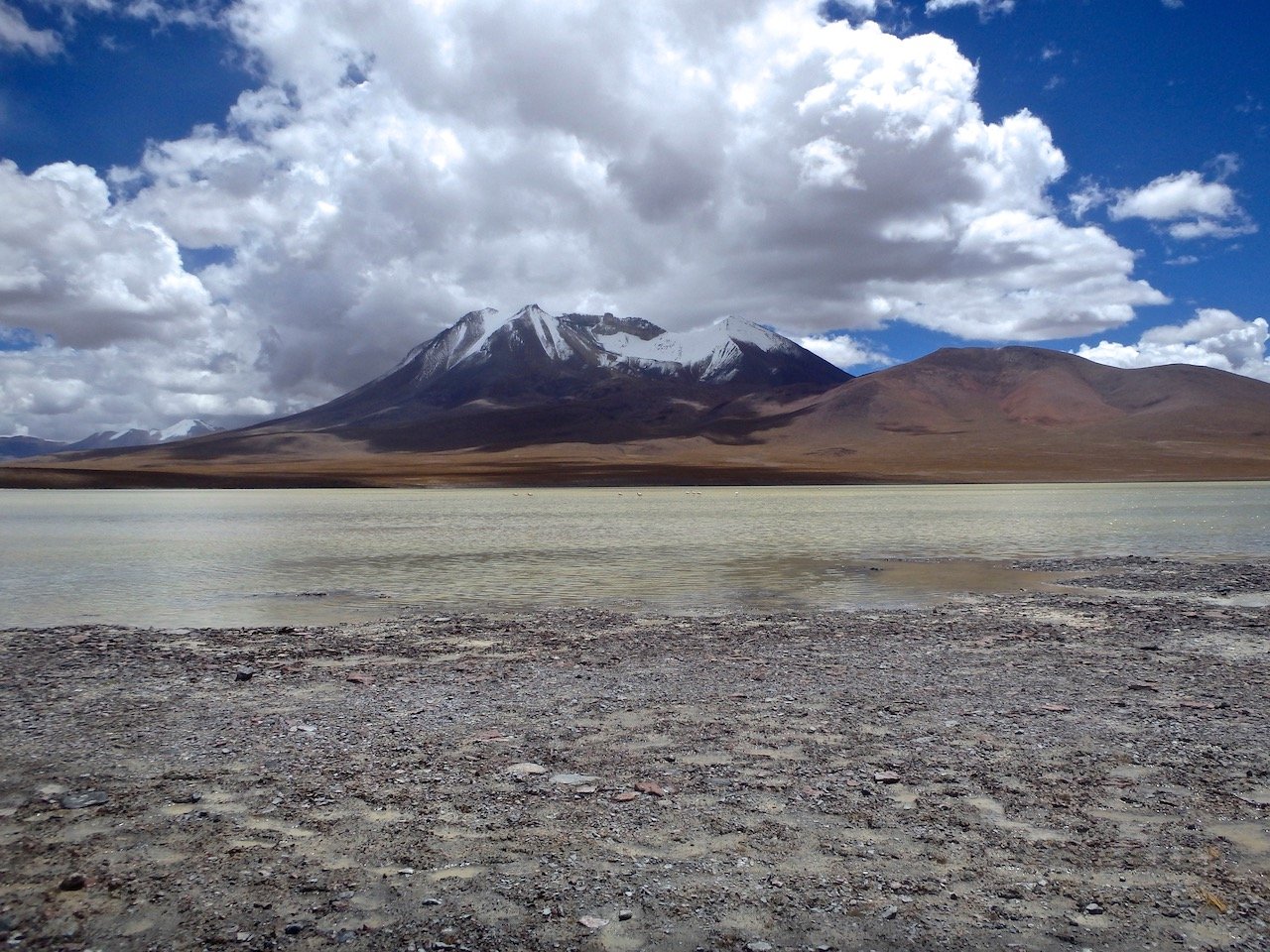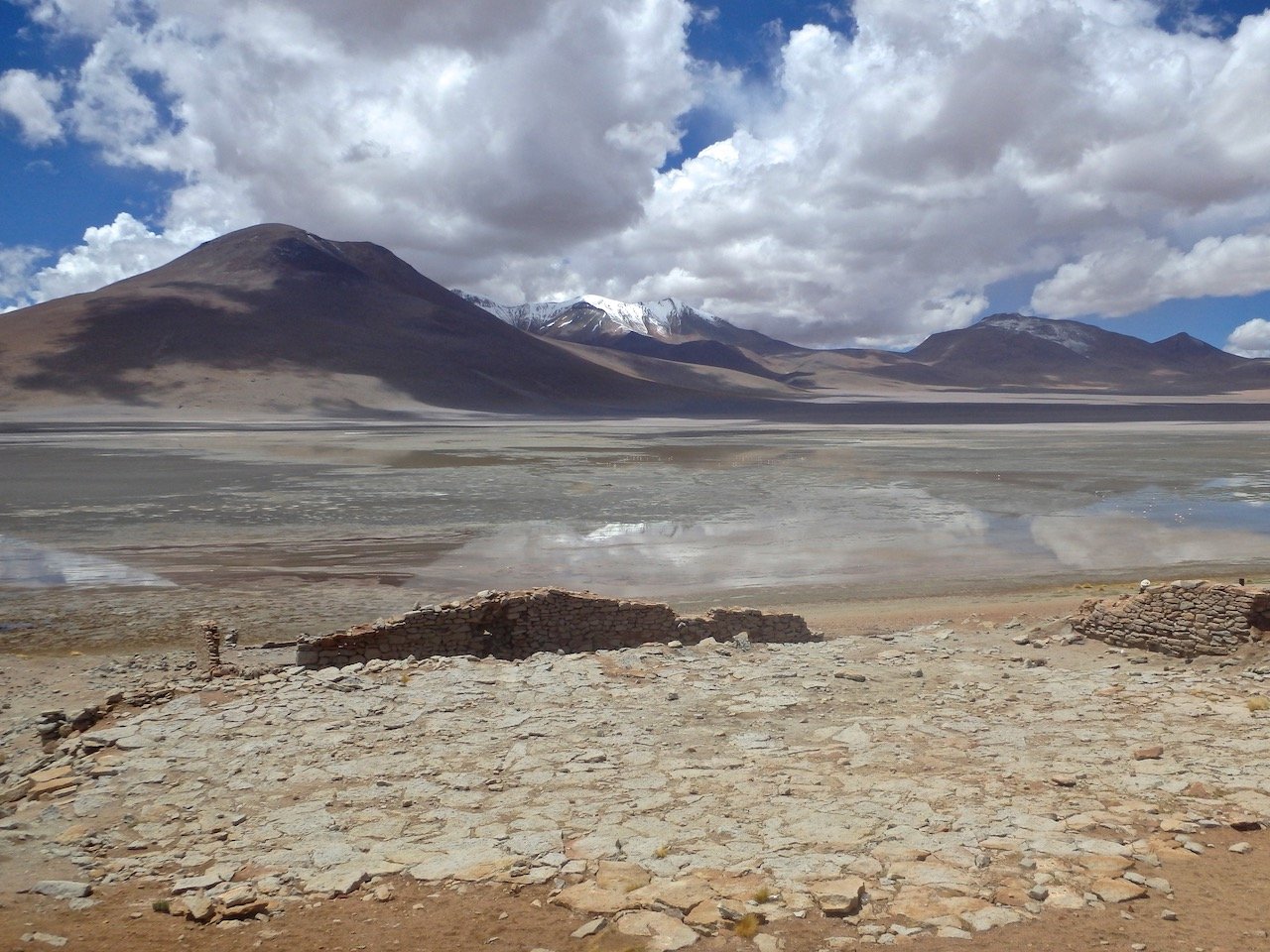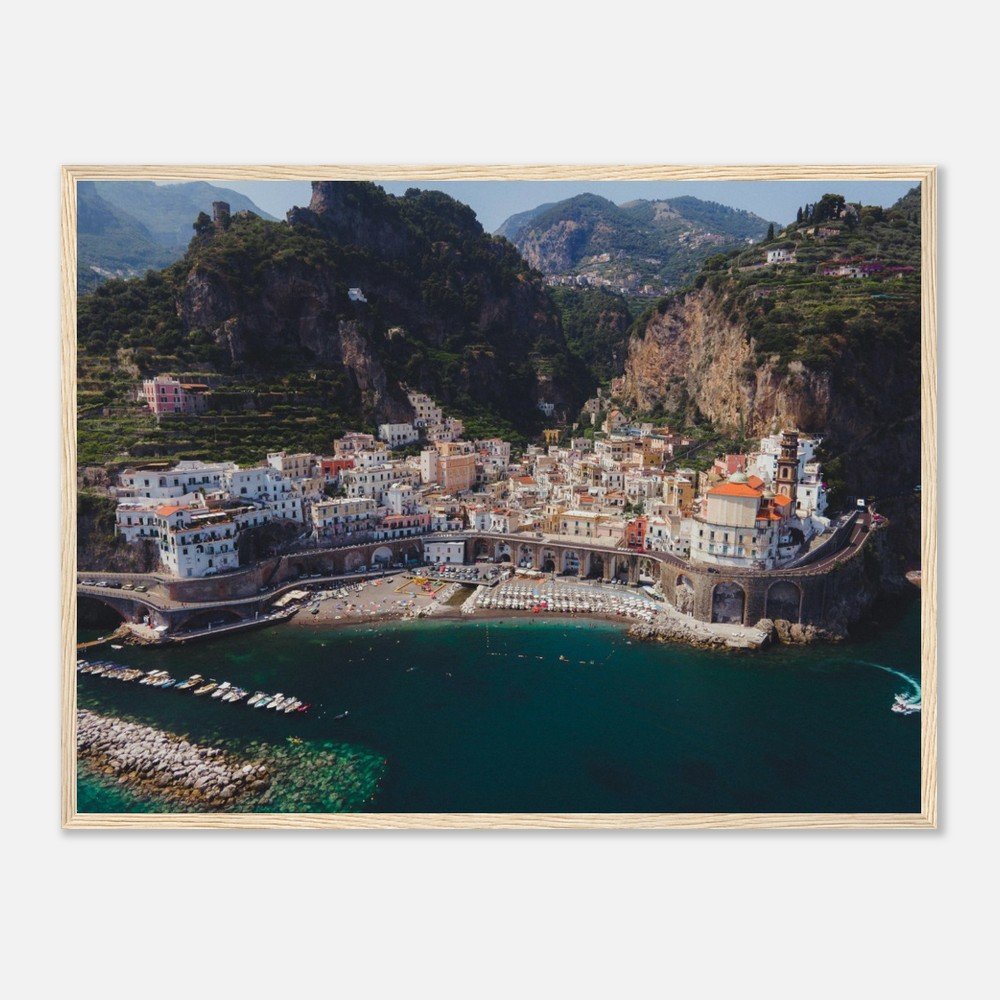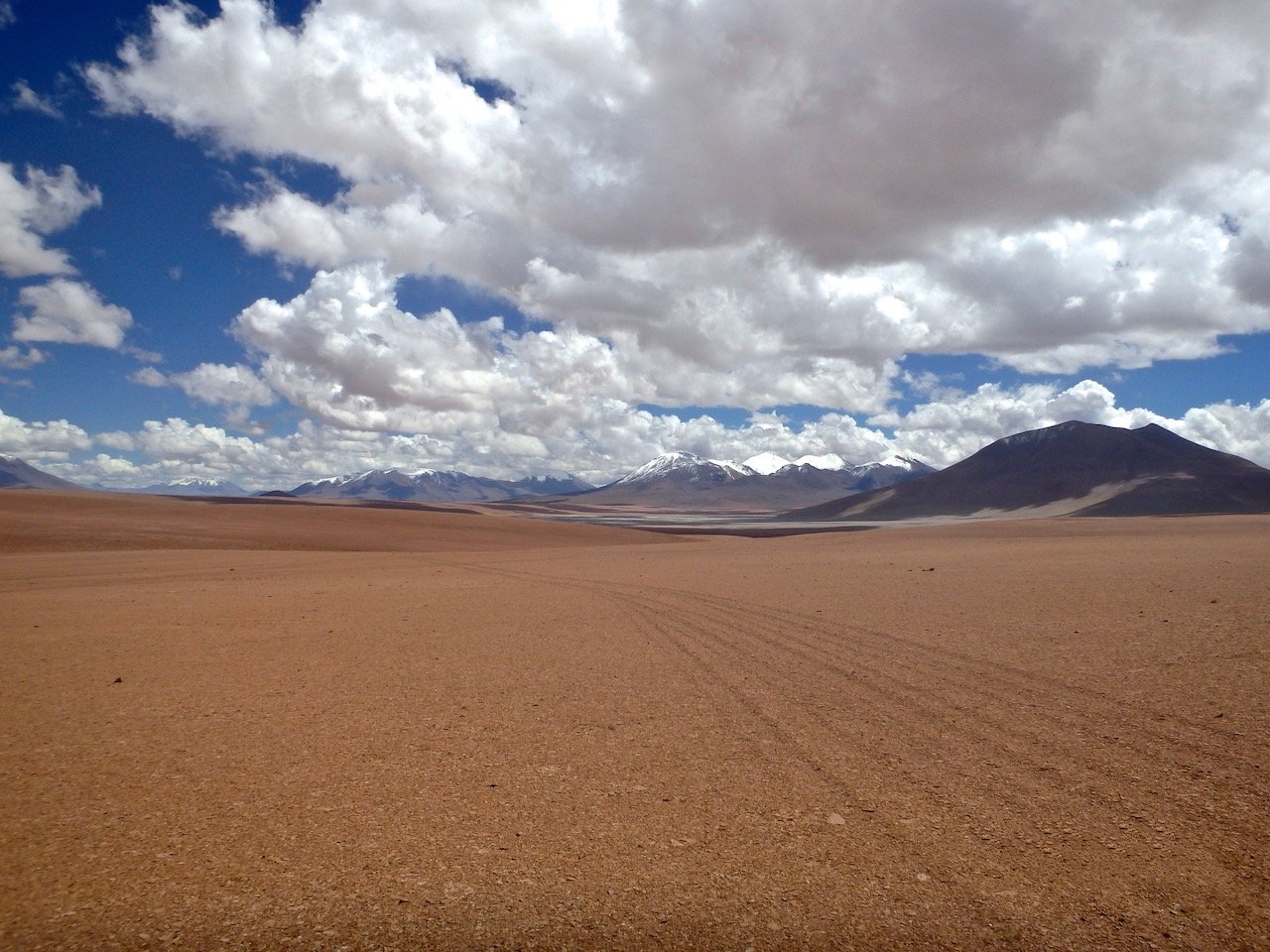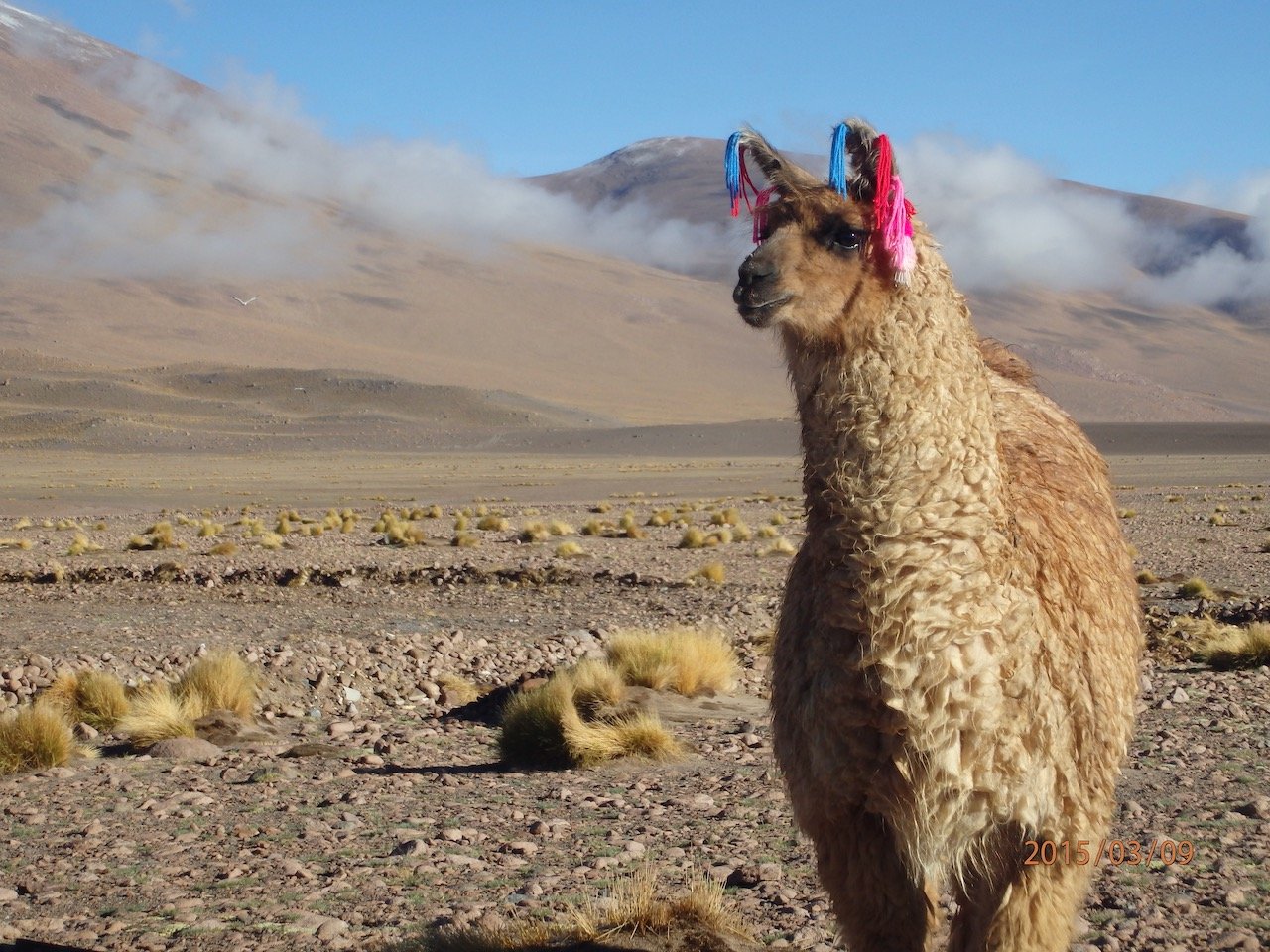Heading to South America? Don’t leave without seeing Bolivia
(Some links in this post are affiliate links. If you click through and take action, I'll be compensated.) If you are also interested in any PRINTS from any of my posts, be sure to check out my store where you can buy prints as posters, in metal/wooden frames or on canvas.
With what you hear about Carnival in Brazil, Machu Picchu in Peru, Patagonia in Chile/Argentina, and the Galápagos in Ecuador, you may not hear much about Bolivia. Specifically about the city of La Paz, and Salar de Uyuni, the largest salt flats in the world: the former is one of the highest cities in the world, and there is nothing in this world like the latter. You can find a Google map of the places I will discuss at the end of this post.
La Paz
When you decide to fly into the La Paz, be prepared to struggle a little when it comes to weather acclimatization (3,640 meters above sea level). The city itself it set in a canyon, surrounded by the mountains of the Altiplano plateau.
Upon arriving, you will immediately take note of the street art on almost every corner. The street art of La Paz is impressive and very often political. The artists hope to instill and exercise their right to be heard on a range of issues, issues that their art takes reference to and brings to light. These messages and aesthetic appeal make the art so powerful to see.
If you like some of my photos that you have come across, just know that I have many prints showcasing a variety of landscapes available for purchase below! (Sold as Posters, Canvas, or in Metal-Frames and Wooden-Frames).
The city is topographically gifted, there are hills everywhere and no matter where you’re coming from, you will always be walking on an incline/decline. Thankfully, La Paz is also home to the largest cable car network in the world: Mi Teleferico consists of 3 lines and 11 stations that each provide sweeping views of the urban environment.
If you decide to brave the hilly streets of the city, make sure you pass by Calle Jaén. This traffic-less street in historic La Paz is a cobble-stoned street with brightly colored facades, containing bars, restaurants, shops, and museums. Better yet, for great views of the city (not in a cable car), head on over to Parque Mirador Laikakota. Here you can also get the best photography spots for capturing Illimani mountain that overlooks the city (Entrance is 3.5 Bolivianos/Adult).
Salar de Uyuni
Perhaps the most fascinating (debatable) thing to see in this country is Salar de Uyuni, the largest salt flats in the world. Getting to Uyuni from La Paz is easy as there are numerous bus companies with daily departures. These are usually night buses that take about 8 hours, getting you to Uyuni fresh and early in the morning. Use this site and put in your travel dates. Note: ‘semi-cama’ buses usually mean recliner type seats, whereas ‘cama’ denotes more of a bed (almost fully horizontal).
Once you arrive in the very small town of Uyuni, you can choose to do a self-drive option for seeing the salt flats and the other areas that I will soon cover, or choose to book a tour company. It is very common to book these tours the day of as there are no shortage of companies and most do similar routes. If you want more flexiblity with regards to seeing the salt flats, then a self-drive is the better option. You will want to devote around 3 days to seeing most of the sights.
Usually the first stop in this area is the train cemetery and Colchani village. The Train Cemetery is unique: it’s a graveyard of these massive steel and iron relics from decades ago, many of them tagged with graffiti art, and some converted into swings. There are no restrictions with regards to climbing on the tops of cars or even inside of them, just use caution. This area is best seen early in the morning to beat the crowds and to capture a gorgeous shot of the rising sun contrasting with the decay of the trains. The village of Colchani is nearby and is home to a small salt museum and souvenir stalls, which help support the local families.
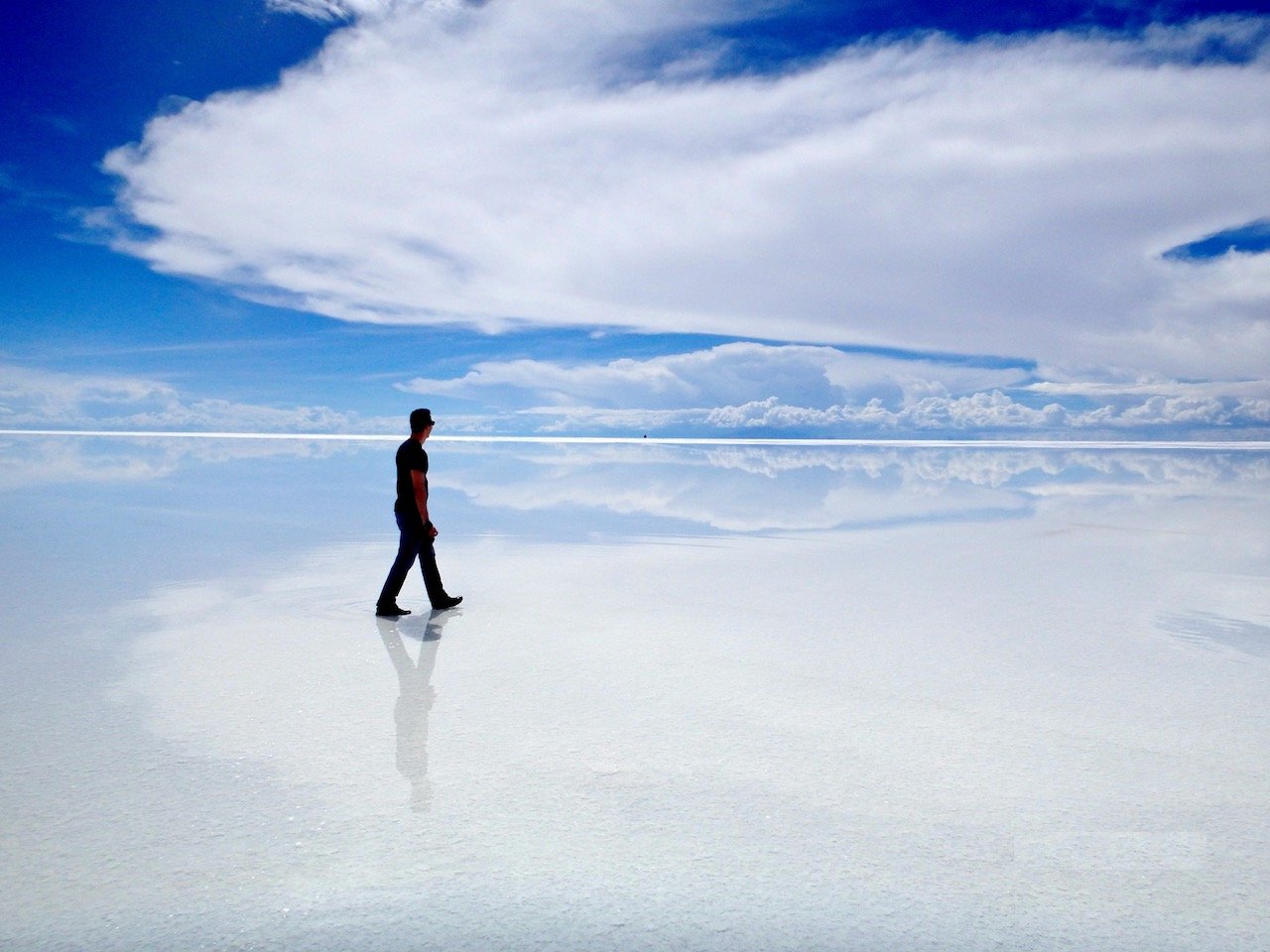
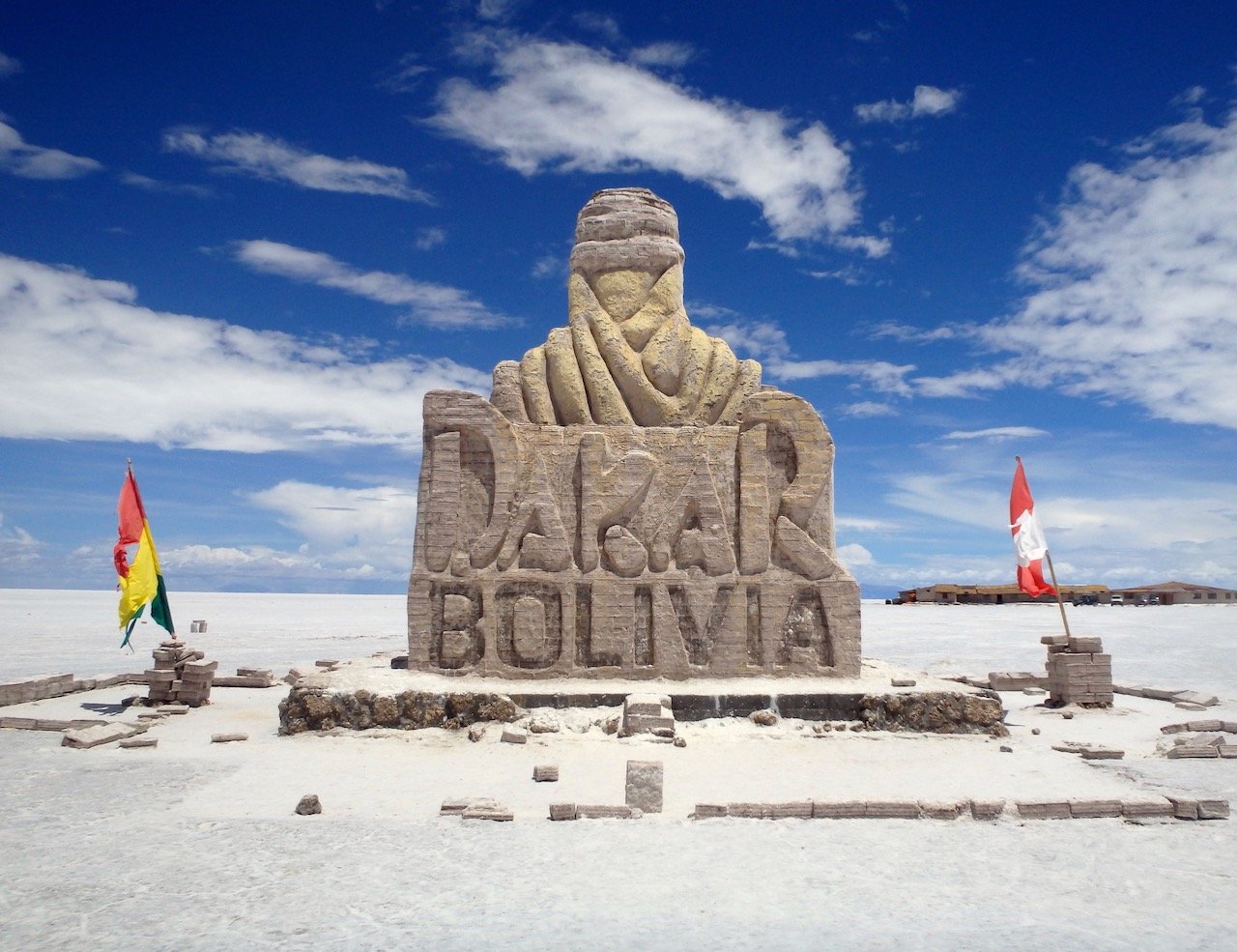
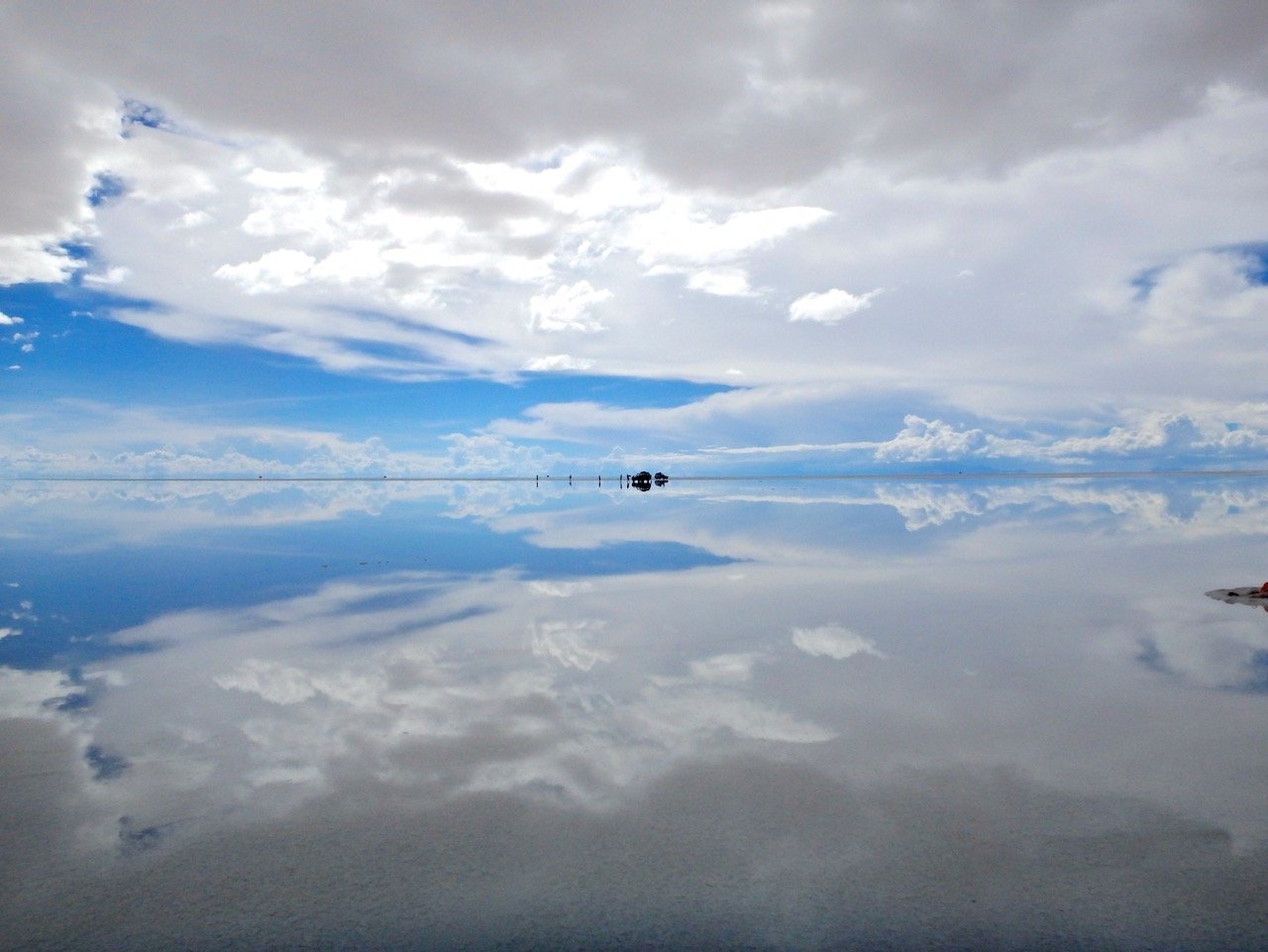
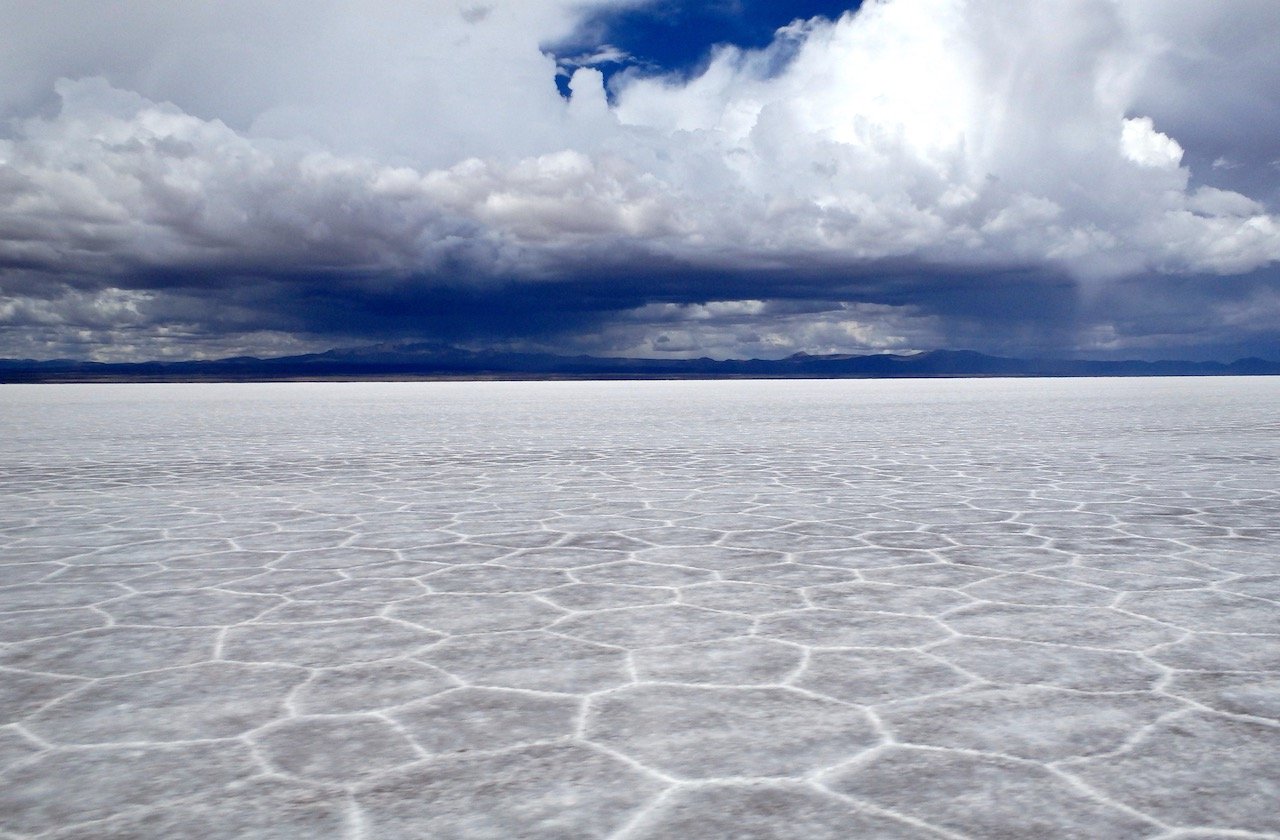
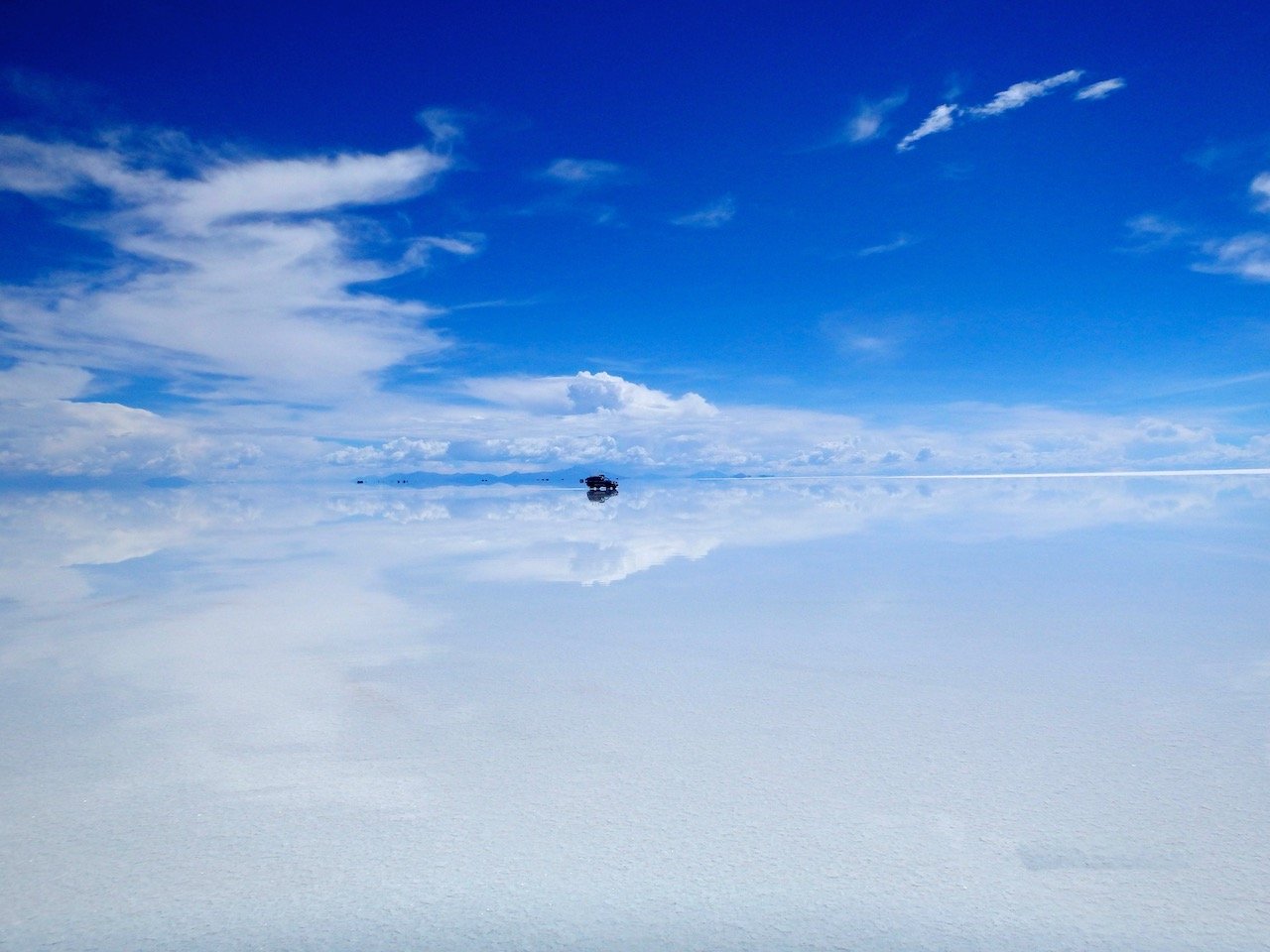
Depending on the time of year, portions of the salt flat will be covered with a small layer of water, giving you the desired mirrored effect when you take your photos of the horizon. As far as packing, bring clothes you don’t mind getting messy. Any water you get on you will be saturated in salt, which will be seen on your clothing when the water evaporates. Also, the drier parts of the salar will be softer on your feet, as the sand is more powdery. However, walking on a portion of the salar covered in water will be much more painful as the salt you are walking on is in crystalline form, and will feel like walking on jagged rocks.
Also, given the unique geology of the area, perspective photos are very popular to take. Bring along a toy and compose a photograph with you and friends, and you can create the strangest shots you can imagine.
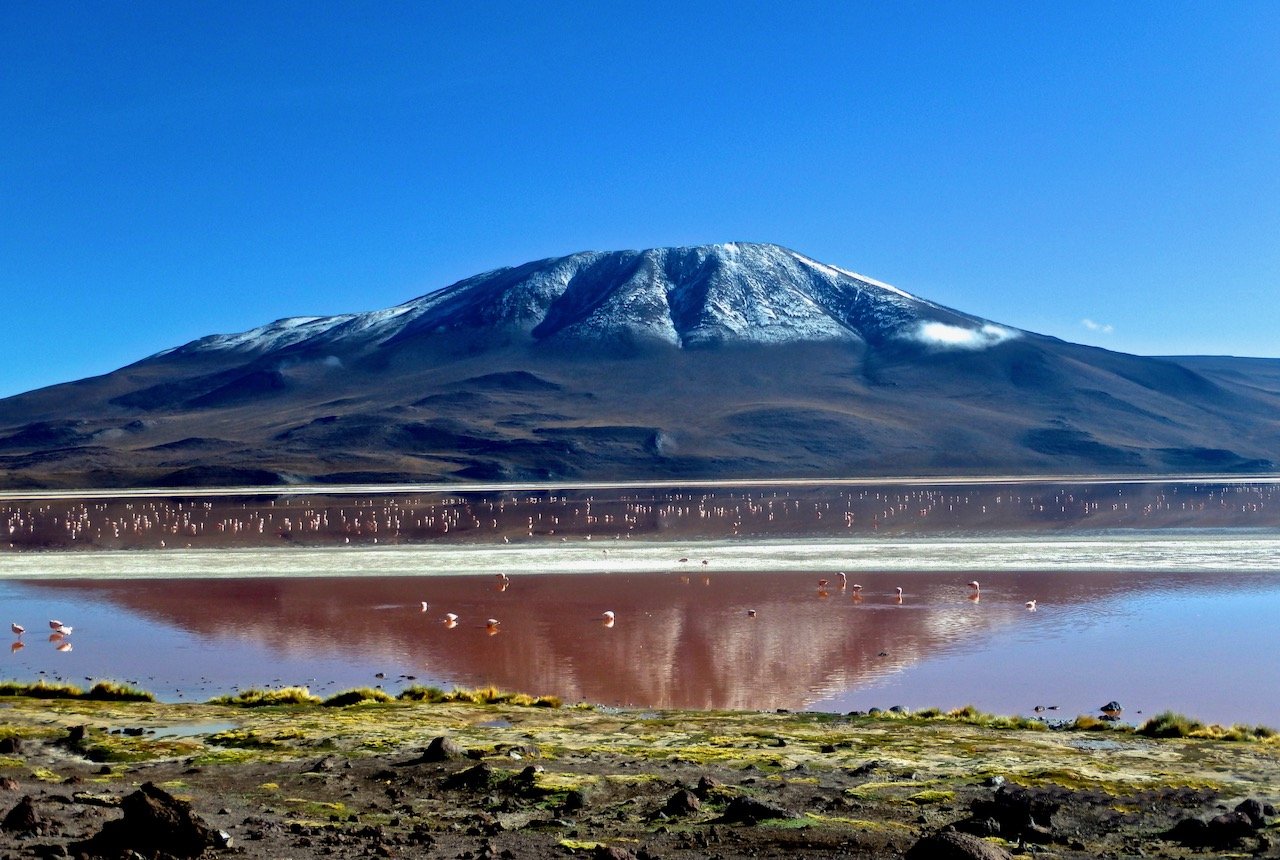
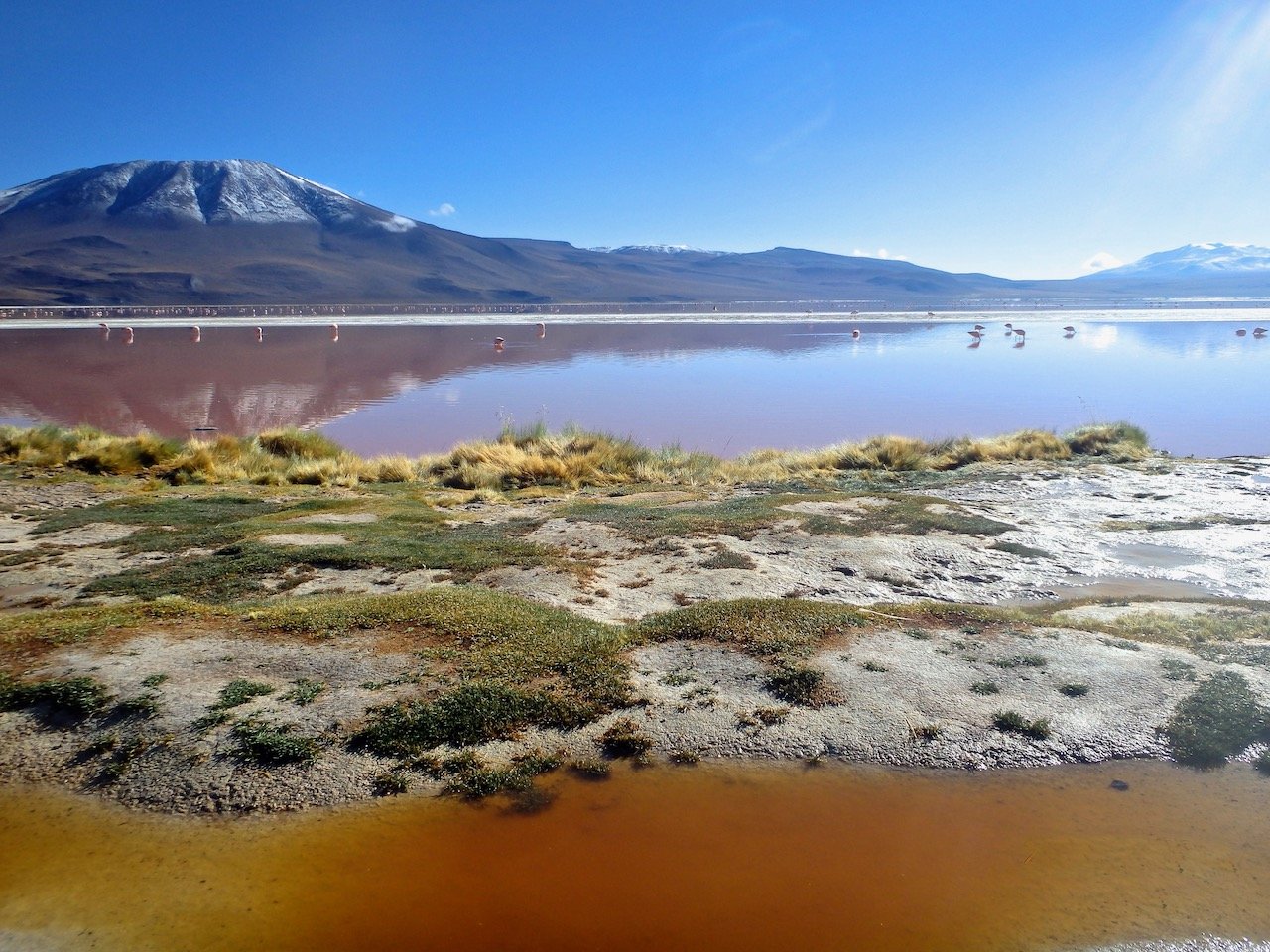
While in the salt flats themselves, there are a number of sights to see. The Dakar Monument here commemorates the off road endurance rally race event that was recently moved to the continent in 2009 following security concerns. The Palacio de Sal is a salt hotel in Uyuni (pretty decent considering it’s entirely made of salt) and is worth a visit, either to stay for a night or to drop by for food. Nonetheless, nearby this hotel is a collection of international flags from previous travelers. Lastly, Isla Incahuasi is a rocky outcrop situated in the salar and is the top point of an ancient volcano, littered with cacti and coral.
As you venture south, you will find gem after gem on your Bolivian road trip:
Laguna Colorada
This salt lake lies with the Eduardo Avaroa Andean Fauna National Reserve and is close to the Chilean border. The red color arises from the sediment and algae that live in the water and the area is frequented oftentimes by hundreds of flamingos.
Laguna Verde
This lake is also close to the Chilean border and is situated at the foot of the volcano Licancabur. The presense of arsenic give this lake an emerald to turquoise color depending on sediment distribution.
